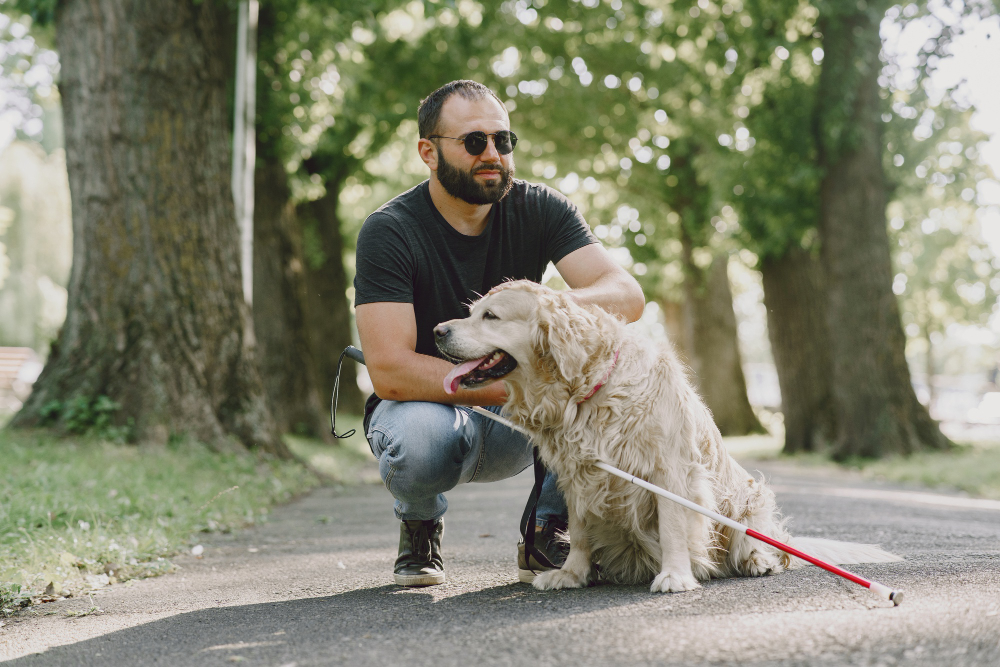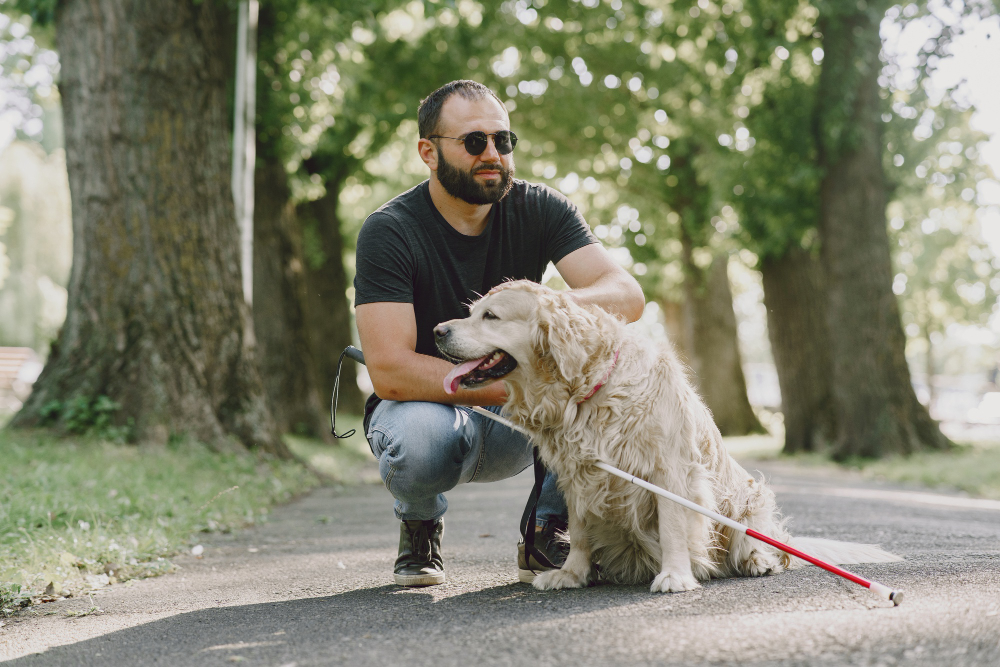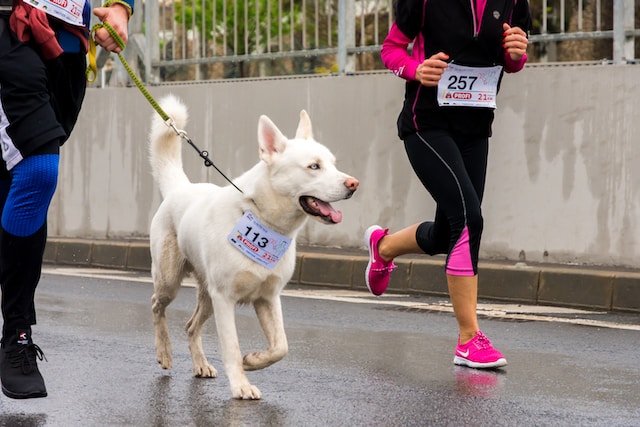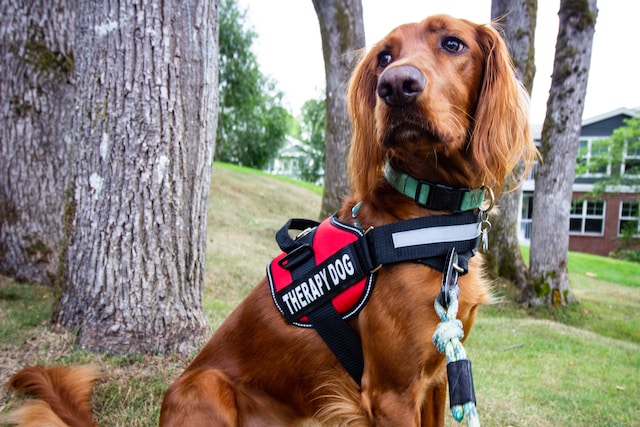
Bullying remains a prevalent issue in schools worldwide, and it affects the well-being of countless children. While traditional approaches to addressing bullying focus on education and intervention, there’s growing interest in the potential role of pets in mitigating this harmful behavior.
Can the presence of a pet in a child’s life truly reduce bullying? Let’s explore the subject and learn the therapeutic impact that pets can have on children’s social and emotional development.
Fostering Empathy and Compassion
Pets, whether dogs, cats, or other animals, offer companionship and emotional support to their owners. Studies have demonstrated that interactions with pets can lower stress levels, alleviate anxiety, and promote overall happiness. But beyond these individual benefits, pets may also influence social dynamics, particularly among children.
Caring for a pet involves understanding their needs, providing affection, and nurturing their well-being. These responsibilities can cultivate empathy in children as they learn to consider the feelings and experiences of their animal companions. This heightened empathy may extend to their interactions with peers, making them more sensitive to the emotions of others and less inclined to engage in bullying behavior.
Facilitating Social Interactions
Pets can serve as social catalysts, fostering positive interactions among children. Whether it’s walking a dog in the neighborhood or participating in animal-assisted therapy sessions, pets create opportunities for socialization and friendship. Therapy animals, in particular, create a non-threatening environment where children feel comfortable expressing themselves and connecting with their peers, thus reducing the likelihood of isolation and bullying.
Providing Unconditional Love and Acceptance
One of the most significant benefits of pet ownership is the unconditional love and acceptance that animals offer. In a world where social acceptance is highly valued, the unwavering companionship of a pet can act as a powerful source of validation for children. Feeling loved and supported by a furry friend can mitigate the negative effects of bullying, bolstering children’s self-esteem and resilience.
Offering an Emotional Outlet
Pets provide a non-judgmental presence that encourages open communication and emotional expression. Children may find solace in confiding their feelings and experiences to their pets, free from the fear of ridicule or rejection. This emotional outlet can be particularly beneficial for children who struggle to articulate their emotions or feel misunderstood by their peers.
Promoting Responsibility and Empowerment
Pet ownership requires commitment and responsibility, which can promote positive behaviors in children. By caring for a pet’s needs, children learn important life skills such as empathy, responsibility, and patience. This sense of empowerment can translate into their interactions with peers, promoting a culture of kindness and respect.
Conclusion
While pets may not offer a definitive solution to the complex issue of bullying, their presence can undoubtedly contribute to creating a more empathetic, compassionate, and inclusive environment for children.
By nurturing empathy, facilitating social interactions, providing unconditional love, and offering an emotional outlet, pets play a valuable role in promoting positive relationships and reducing the incidence of bullying among children.
As we continue to explore innovative approaches to bullying prevention, let’s not overlook the transformative power of our furry friends in shaping the social and emotional development of the next generation.
Do you own an assistance animal? Register your pet today.
The Service Animal Registry of California invites you to have your assistance animal registered in order to designate its status. We also encourage you to take our online classes so you can be fully aware of your rights and gain more knowledge about your support animal.
Finally, we present to you our book entitled, “ASSISTANCE ANIMAL LAWS: LEARN YOUR RIGHTS REGARDING SERVICE ANIMALS, EMOTIONAL SUPPORT ANIMALS, THERAPY PETS, AND OTHER DOGS, CATS, AND ASSISTANCE ANIMALS” to provide you with a complete education on assistance animals.
Purchase your copy of the book by clicking the image below.










